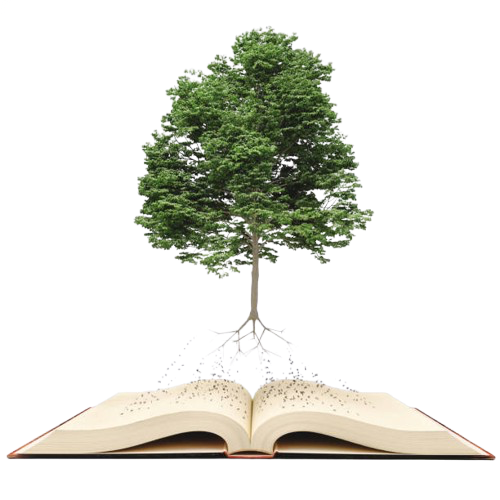Over the years, my teaching journey has evolved. When I first began down this path, I was unsure if I wanted to be a teacher, so I sought a job as a teaching assistant. My experience as a teaching assistant me to realize just how much I enjoyed it. It was also this experience that helped me develop my teaching philosophy. Below you will find my teaching philosophy and the main pillars of teaching I use in my classroom.
the relationship between advisor and student is a branch of a tree; a sort of heritage akin to a family tree, where each advisor develops a philosophy, inspiring their students to go on to teach and adopt a philosophy of their own.
"I do not want to cut off any potential branches of the pedagogical tree; thus, I want to inspire my students to be well-rounded and confident contributors to the realm of chemistry, undeterred by biases and unjust assumptions others may have held against them."





